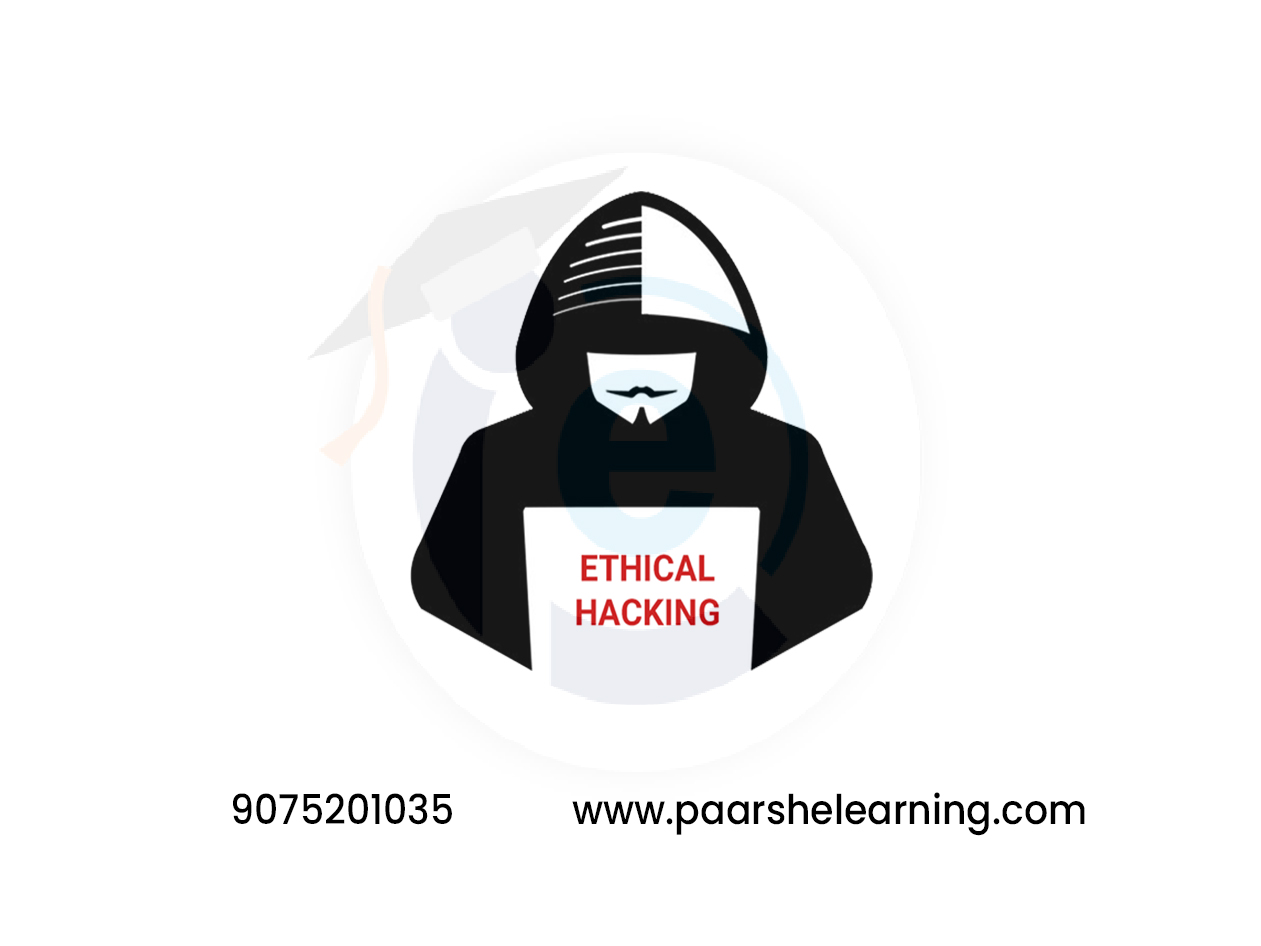- Introduction to ethical hacking: This includes the basics of ethical hacking, its purpose, and the legal aspects of hacking.
- Scanning networks: This involves using tools to scan the target network and identify vulnerabilities.
- Scanning networks: This involves using tools to scan the target network and identify vulnerabilities.
- Enumeration: This involves collecting information about the target system, such as user accounts, system settings, etc.
- Enumeration: This involves collecting information about the target system, such as user accounts, system settings, etc.
- Trojans, viruses, and worms: This covers the basics of malware and how to protect against it.
- Trojans, viruses, and worms: This covers the basics of malware and how to protect against it.
- Web application hacking: This involves exploiting vulnerabilities in web applications, such as cross-site scripting (XSS), SQL injection, etc.
- Denial-of-service attacks: This involves disrupting the normal operation of a network or system by overwhelming it with traffic.
- Wireless network hacking: This involves exploiting vulnerabilities in wireless networks to gain unauthorized access.
- Penetration testing: This involves simulating an attack on a network or system to identify vulnerabilities and improve security.
Ethical Hacking
Course description
Ethical hacking, also known as "white hat" hacking, is the practice of using hacking techniques to test and assess the security of computer systems, networks, and software applications in a controlled and authorized manner. The goal of ethical hacking is to identify and address potential security vulnerabilities before they can be exploited by malicious hackers.
A course in ethical hacking typically covers topics such as
- Reconnaissance and information-gathering techniques
- Scanning and enumeration techniques
- Vulnerability identification and exploitation
- Web application security testing
- Wireless network security testing
- Social engineering tactics and countermeasures
- Cryptography and digital forensics
- Network and system hardening
- Penetration testing methodologies and tools
- Report writing and communication skills.
The course also focuses on the legal and ethical considerations of ethical hacking, including the importance of obtaining proper authorization and following established guidelines for ethical hacking engagements.
What you will learn from this course?
This course includes!
- Daily Live session
- A recorded session with problem-solving material
- Access on Mobile and TV
- Certificate of completion
- Certificate of completion
- 100% Job Placements
This course is for
- The ethical hacking course is for individuals who are interested in cybersecurity and want to learn how to identify and prevent security breaches in computer systems and networks.
- . This course is also suitable for professionals who work in the IT industry and want to enhance their knowledge and skills in cybersecurity.
Prerequisites for this course
- To enroll in an ethical hacking course, it is recommended to have a basic understanding of computer networking, operating systems, and programming languages such as Python.
- It is also essential to have a strong passion for learning about cybersecurity and a willingness to keep up-to-date with the latest industry trends and advancements.
Ethical Hacking Syllabus
-
Introduction To Ethical Hacking And Cybersecurity
Understanding the role of ethical hacking in cybersecurity Differentiating ethical hacking from malicious hacking Legal and ethical considerations in ethical hacking Overview of different types of hackers and their motivations
-
Footprinting And Reconnaissance
Introduction to footprinting and information gathering Passive and active reconnaissance techniques Using search engines, social media, and public records for information gathering Tools for footprinting and reconnaissance: WHOIS, nslookup, Google Dorks
-
Scanning Networks
Overview of network scanning and its importance Discovering active hosts and open ports on a network Network mapping using tools like Nmap Vulnerability scanning and assessment
-
Enumeration And System Hacking
Enumeration techniques to gather information about targets Enumerating user accounts, shares, and services Gaining unauthorized access: password cracking and privilege escalation Mitigating unauthorized access risks
-
Malware Threats And Analysis
Understanding different types of malware: viruses, worms, Trojans, etc. Analyzing malware samples and behavior Introduction to malware analysis tools and techniques Protecting against malware threats
-
Sniffing And Social Engineering
Packet sniffing and network traffic analysis Using Wireshark and other sniffing tools Social engineering techniques: phishing, pretexting, tailgating Mitigating sniffing and social engineering attacks
-
Web Application Security
Common web application vulnerabilities: SQL injection, XSS, CSRF, etc. Manual and automated techniques for identifying vulnerabilities Introduction to web application security tools Best practices for securing web applications
-
Wireless Network Hacking
Understanding wireless network security risks Attacking wireless networks: WEP, WPA, WPA2 vulnerabilities Cracking wireless passwords using tools like Aircrack-ng Securing wireless networks
-
Cloud And Mobile Security
Security risks associated with cloud computing Evaluating cloud service provider security measures Mobile application security vulnerabilities and testing Securing cloud services and mobile applications
-
Penetration Testing And Reporting
Introduction to penetration testing methodologies Conducting a full-scale penetration test Documenting findings and writing comprehensive reports Reporting vulnerabilities to stakeholders
-
Cryptography And Network Defense
Introduction to cryptography and its role in cybersecurity Encryption algorithms, digital signatures, and secure protocols Implementing cryptographic measures for data protection Network defense strategies: firewalls, IDS/IPS, etc.
-
Legal And Ethical Considerations
Ethical hacking within legal boundaries Compliance, regulations, and certifications in cybersecurity Professional codes of conduct and ethics Preparing for a career in ethical hacking
-
Paarsh E-Learning encourages hands-on practice, capture-the-flag (CTF) challenges, and simulated labs throughout the course to reinforce students' understanding of ethical hacking techniques. Assign practical exercises that involve identifying vulnerabilities, performing penetration tests, and securing systems. Cover both theoretical concepts and practical applications to provide a well-rounded learning experience.
